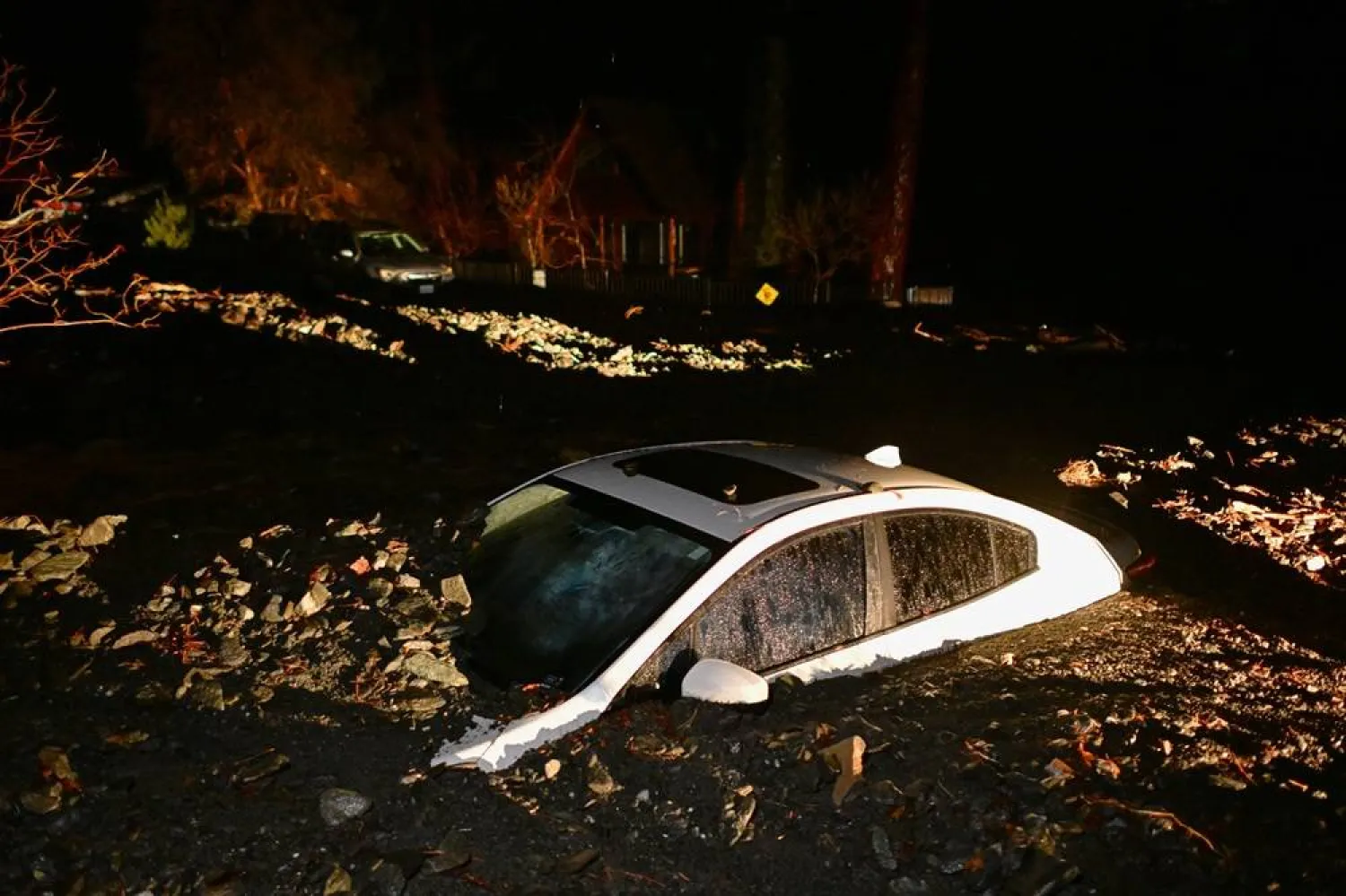For more than a half-century, Ryland Headley got away with murder. When justice finally caught up to the former railway worker Tuesday in a British courtroom, he was 92 years old and using hearing aids to listen to his fate.
A judge sentenced Headley to life in prison for the rape and murder of Louisa Dunne, a 75-year-old widow and grandmother who was strangled in her home in western England in 1967. It is believed to be the longest time in the UK between crime and conviction.
“The violation of her home, her body and, ultimately, her life was a pitiless and cruel act by a depraved man,” Justice Derek Sweeting said in Bristol Crown Court, The AP news reported.
Headley broke into Dunne’s home through a window and left a palm print on the glass. Police took the hand prints of 19,000 men and boys in the area to try to solve the crime, but did not find a match at the time.
Headley moved out of the area and went on to rape two older women in similar circumstances in the late 1970s and serve time in prison. But his DNA was not collected until an unrelated arrest in 2012.
Last year, semen found on the blue skirt that Dunne had been wearing when she was killed was found to match Headley's DNA. His palm print was found to match the one on her window.
At his trial, prosecutors had read testimony from the victims of his previous rape convictions, providing jurors with an insight into what happened when he broke into Dunne's home, said Det. Insp. Dave Marchant.
“Hearing the voices of the victims of his 1977 offenses, is just incredibly powerful and harrowing,” Marchant said.
Dunne’s granddaughter, Mary Dainton, who is now about the age her grandmother was when she was killed, said she had been stunned to learn of Headley's arrest in November.
“I accepted that some murders just never get solved and some people have to live with that emptiness and sadness,” she said.
On Tuesday, Dainton told the court that her grandmother's murder and rape had cast a cloud over the rest of her mother's life.
“The fact the offender wasn’t caught caused my mother to become and remain very ill," she said. "It saddens me deeply that all the people who knew and loved Louisa are not here to see that justice is being done.”
Sweeting said that by escaping punishment for so long, Headley had compounded the suffering of Dunne's family.
He told Headley he had to serve a minimum of 20 years in prison and would normally spend time explaining the effect of such a term. But he was blunt in this case.
“You’ll never be released and you will die in prison,” Sweeting said.









